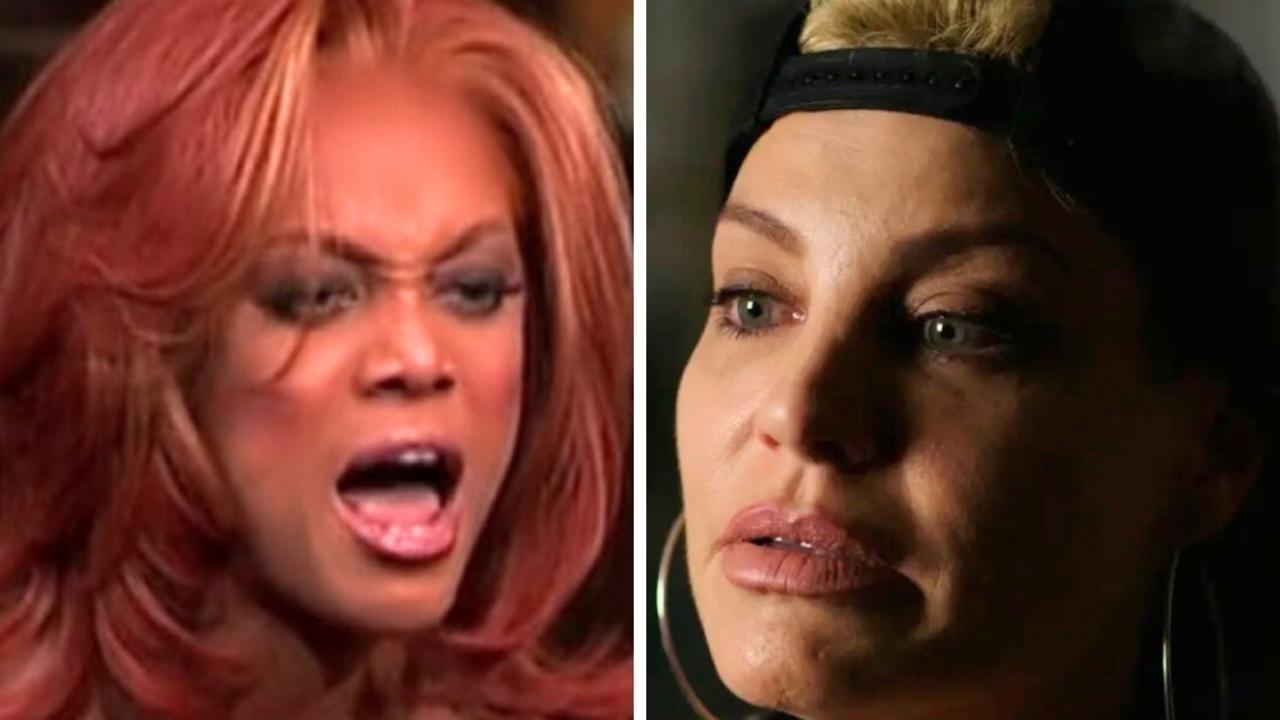The world is frothing for Australian Netflix hit Heartbreak High
First there was Bluey, and now another homegrown TV series is making the rest of the world stand to attention.

TV
Don't miss out on the headlines from TV. Followed categories will be added to My News.
Call it the Bluey effect.
If there’s something in common between animated heelers and brash Australian teens, it’s that the rest of the world can’t get enough of them.
Netflix’s Heartbreak High revival is rocketing up the charts, hitting number one in Australia a week after its release, but perhaps more significantly, it’s also winning fans globally.
Heartbreak High was in Netflix’s top 10 TV shows list in 43 countries and in the week ending September 25, it was the 6th most watched English-language TV series globally, clocking 18.5 million hours watched.
Is it the Australian slang? Is it because everyone has to google what an “eshay” is? Or how loose we are with the C-bomb? Is it that our public high schools are a little bit worse-for-wear and our teachers a bit fed-up?
Or is it just the general vibe of unapologetic, slightly abrasive teens who get up to dumb stuff? Because that’s what teenagers do – they make mistakes, say silly things and have sex and take drugs.
There’s an authenticity to the new series of Heartbreak High, a devil-may-care attitude that declares there is no room for American earnestness here.

The series is also being celebrated for its commitment to diversity and representation.
Heartbreak High’s ensemble of characters have varied lived experiences, including Quinni, a queer, autistic high schooler portrayed by an actor, Chloe Hayden, who is also autistic.
Hayden told news.com.au before the series launch, “I didn’t have a high school experience, I was homeschooled from year eight onwards because high school sucks when you’re autistic.
“So being able to live a high school experience through the eyes of an autistic person who had her place and found her people was actually a really healing experience for me.”
Hayden said she was able to be an advocate for her character with the show’s creative time. She revealed that at the series’ conception, Quinni wasn’t written as an autistic character but a neuro-divergent one.
“We didn’t really talk about the fact she’s neuro-divergent. I’m like, ‘no, this is important’,” Hayden explained. “I didn’t see myself [on screen] growing up. And it’s time that people see themselves.

“Throughout the entire [production] process, I’d get a call and [the filmmakers] would be like ‘Oh, what do you think about this?’ And I’m like, ‘that’s not an autism thing, you only think that’s what autism is like because of what you’ve seen and may heard about autism, which isn’t real’.”
Hayden said when she explained to the writers what an authentic experience would be like, they were always on board.
“They’ve done a beautiful thing in showing autism, in a way that is real. This is an autistic character, this is an autistic person. But she’s also funny and she’s intelligent and she’s a best friend and she’s her own person.”
In addition to Quinni, the other two main leads include Amerie (Ayesha Madon), a working class character from a non-white background, and Darren (James Majoos), a queer, non-binary, biracial student.
Other characters are bisexual, asexual, Chinese-Australian, Indigenous and more.
The rainbow that is Heartbreak High’s characters have really hit home for many of its fans, who have noted that the show’s ethos of inclusion is not just tokenistic. Characterisations and storylines have been crafted to support those specific experiences.
Originally published as The world is frothing for Australian Netflix hit Heartbreak High



